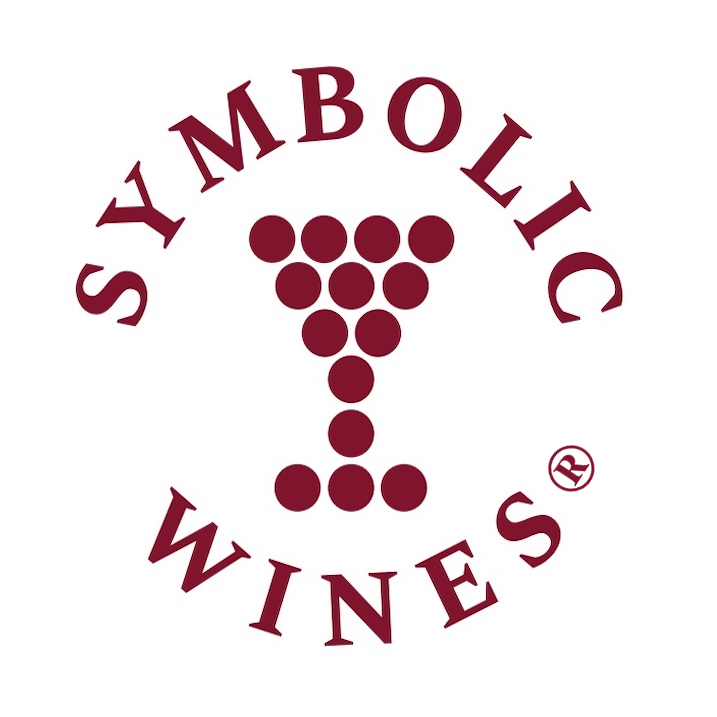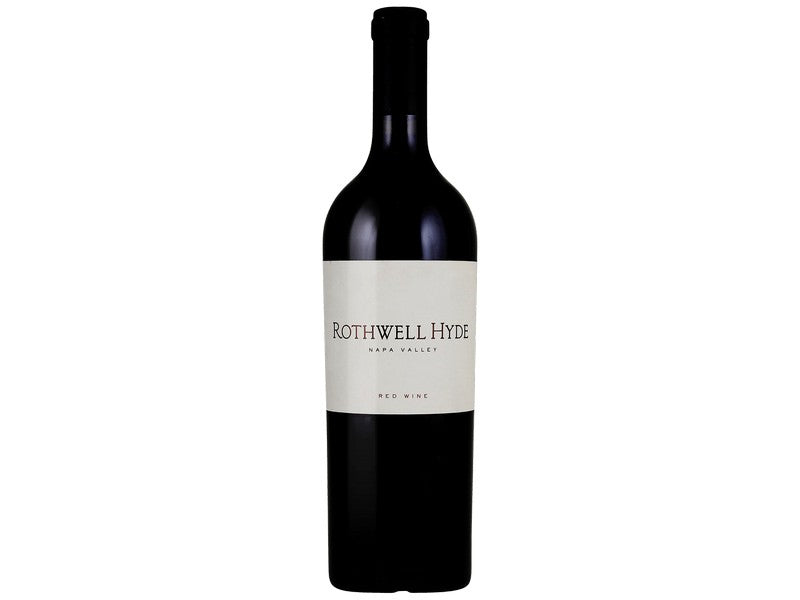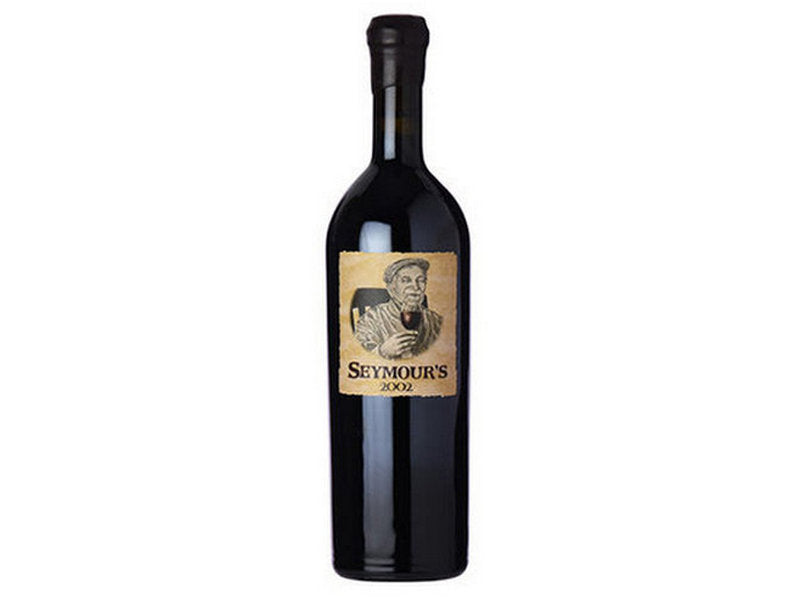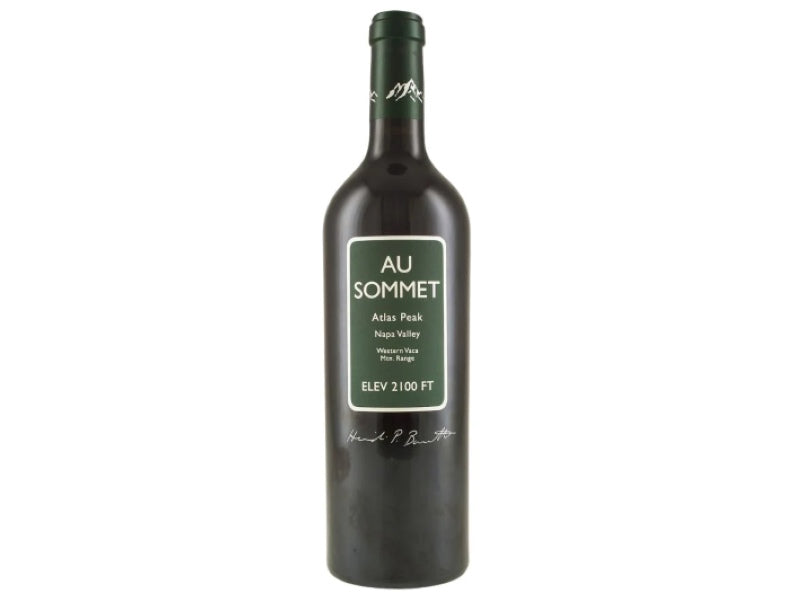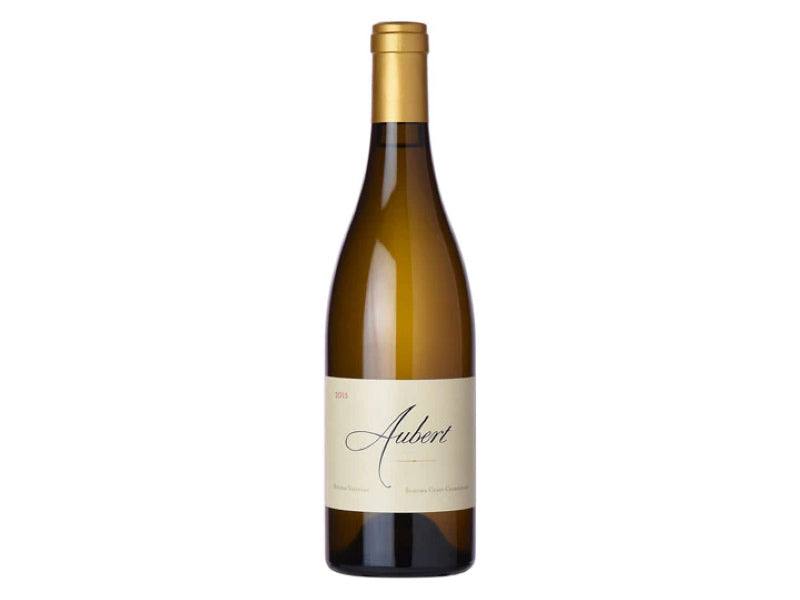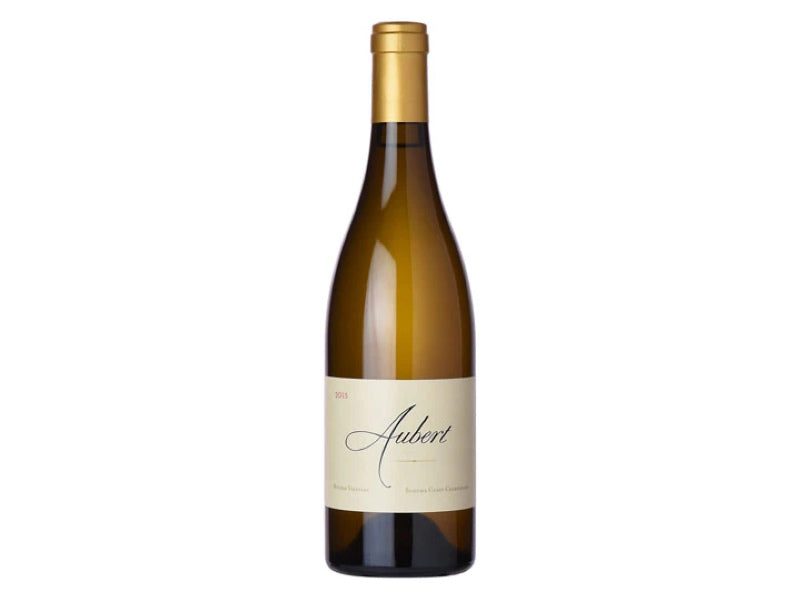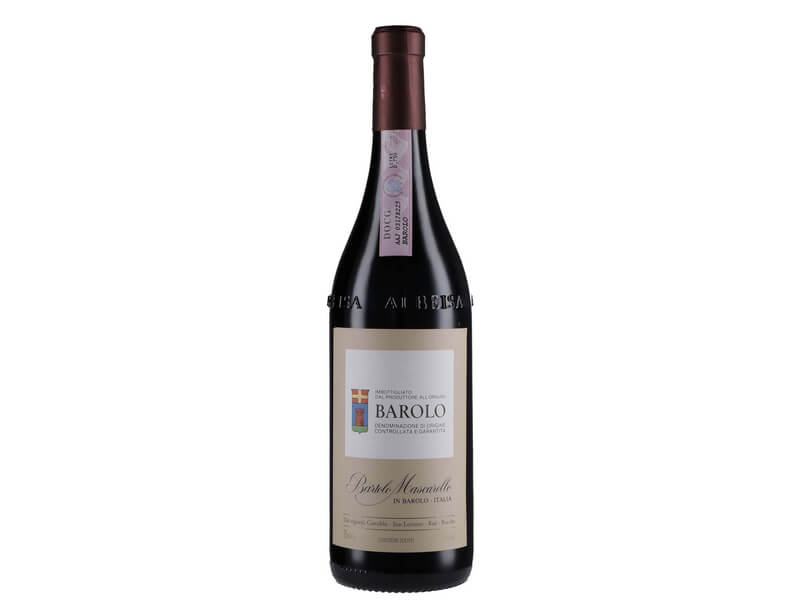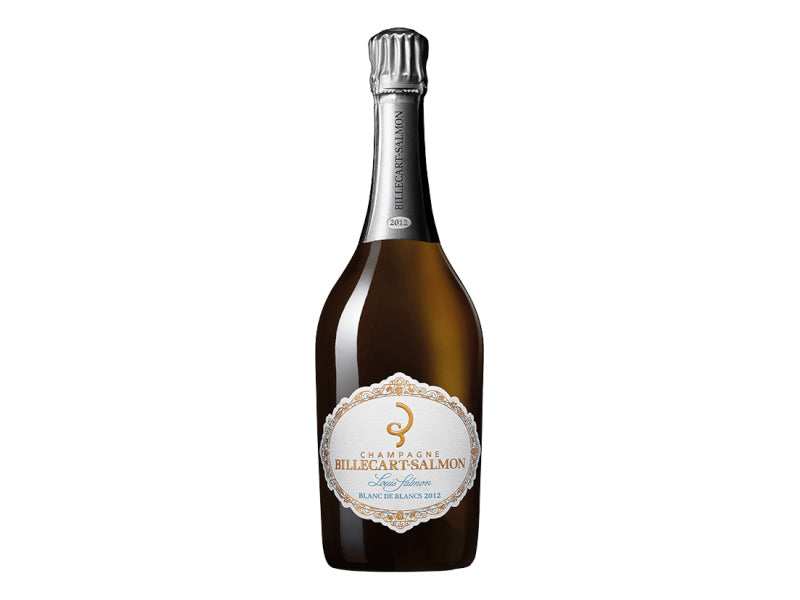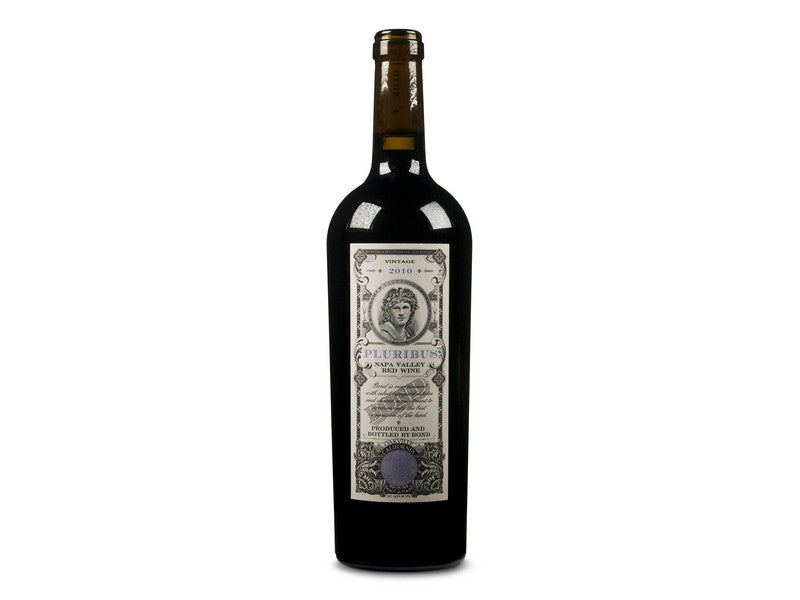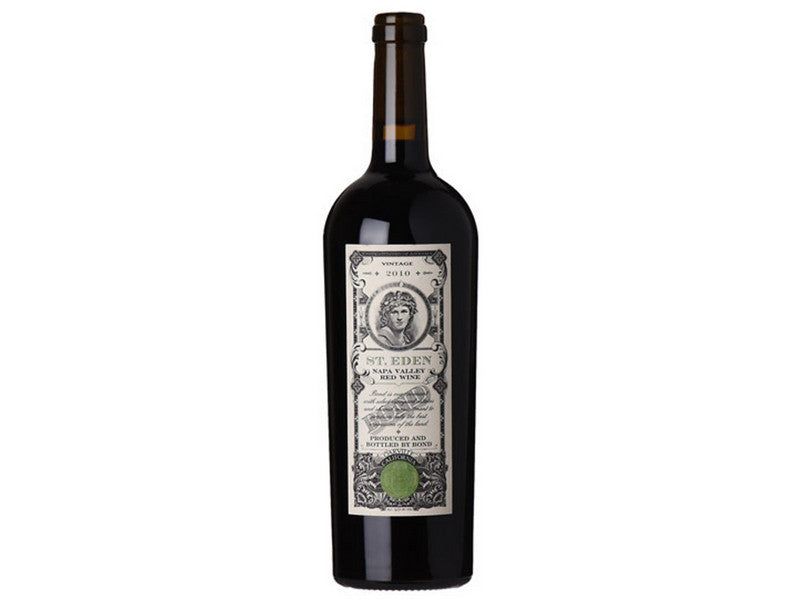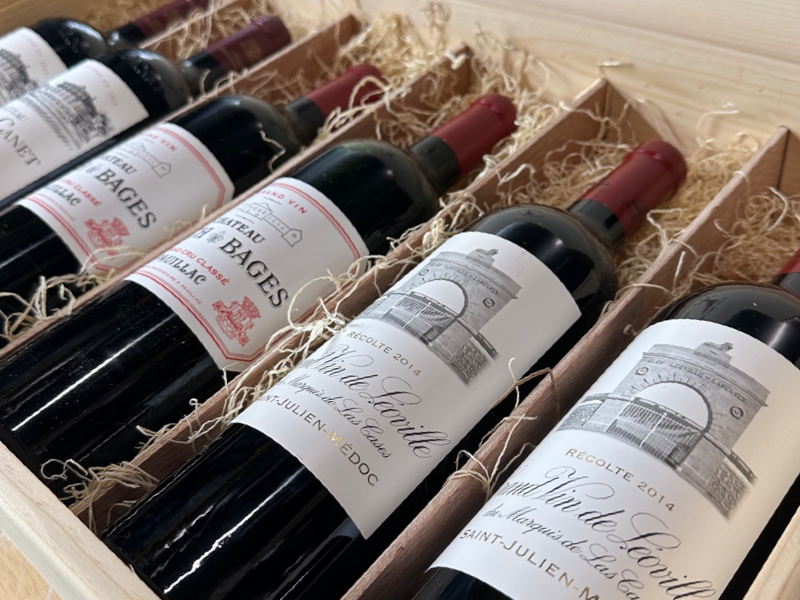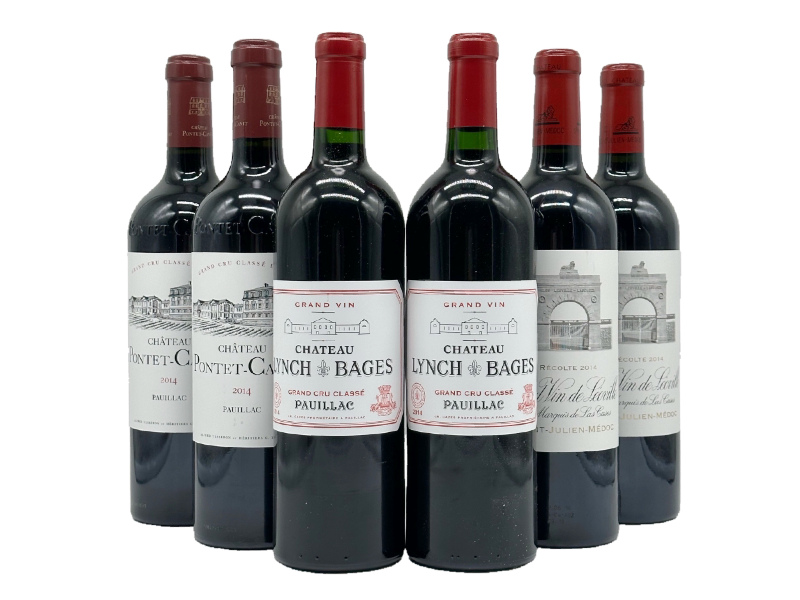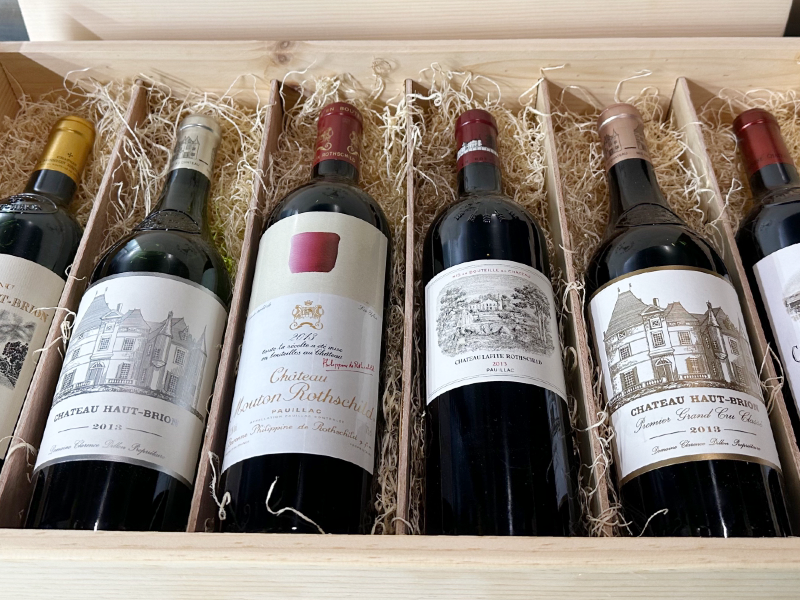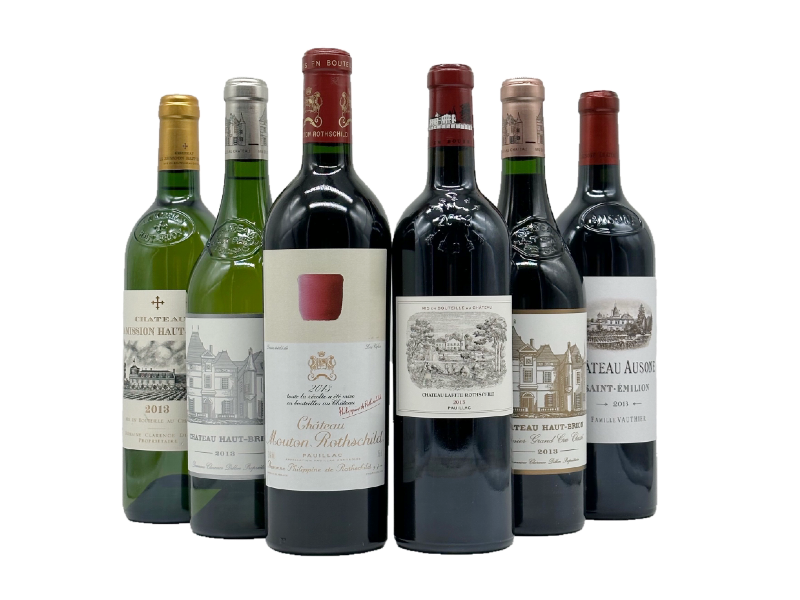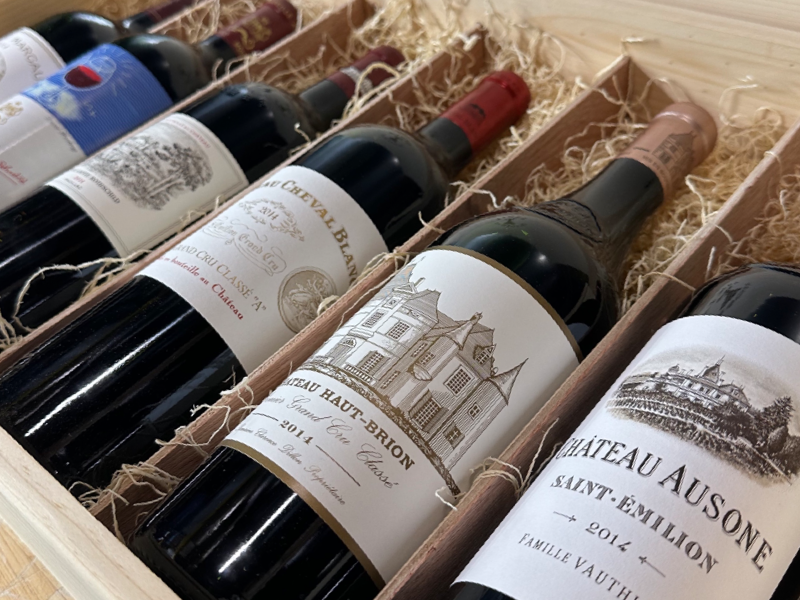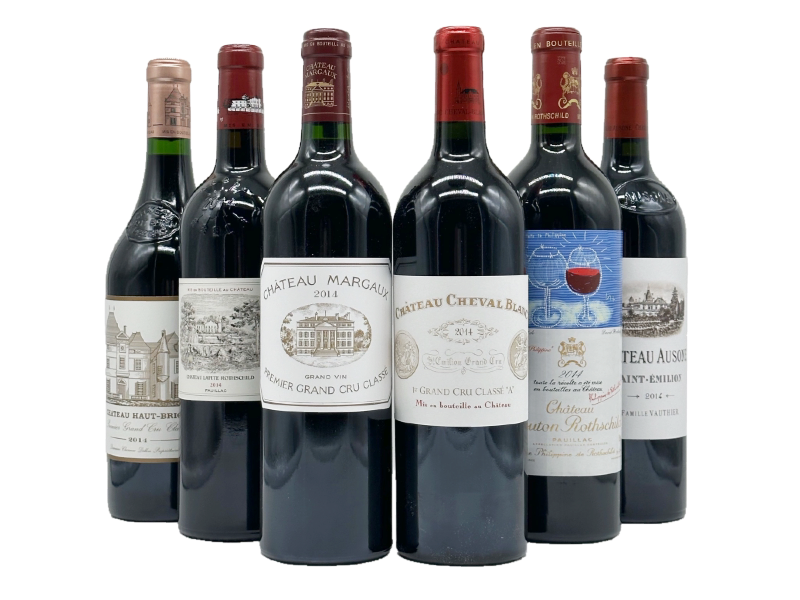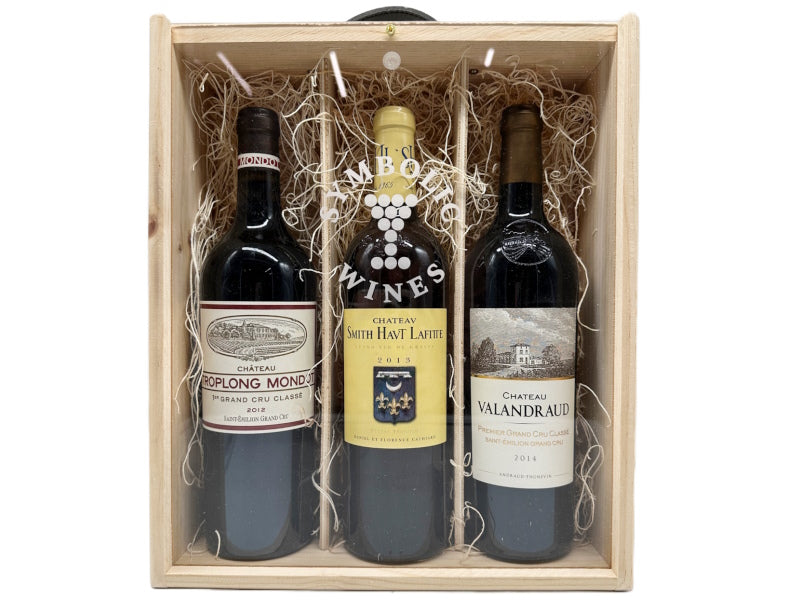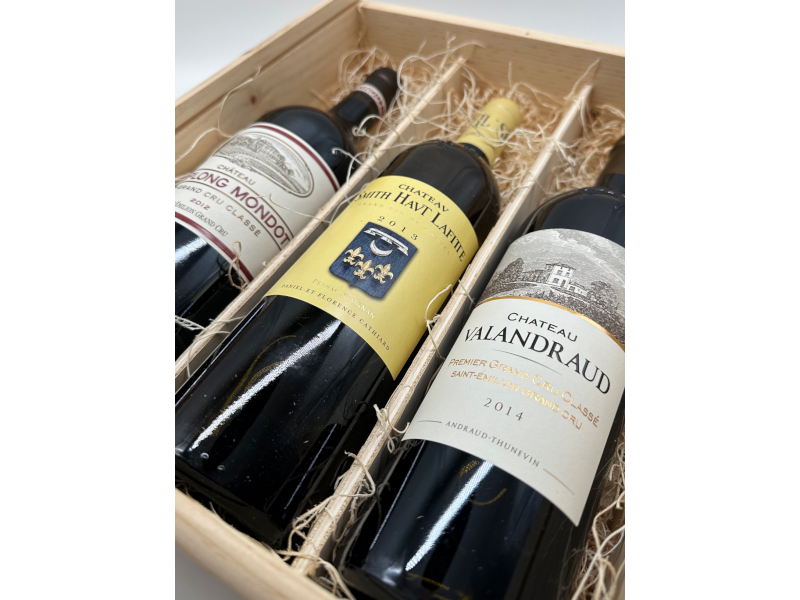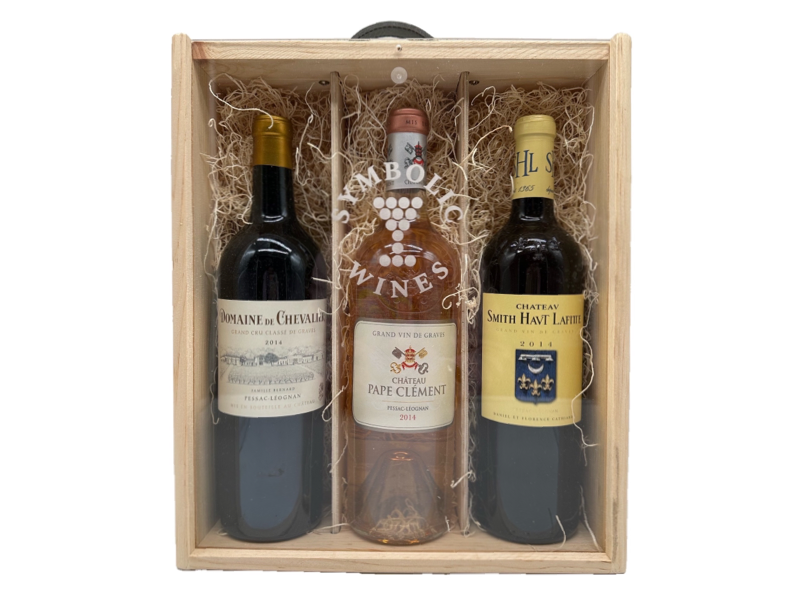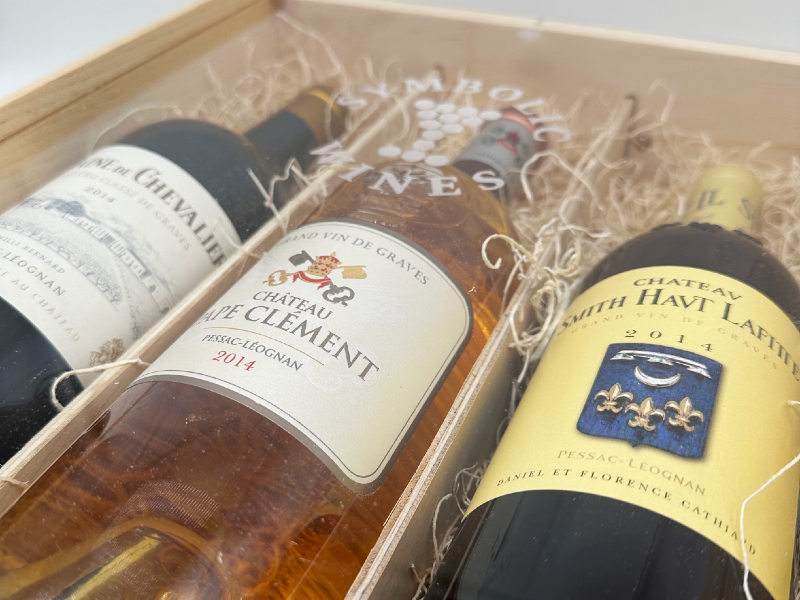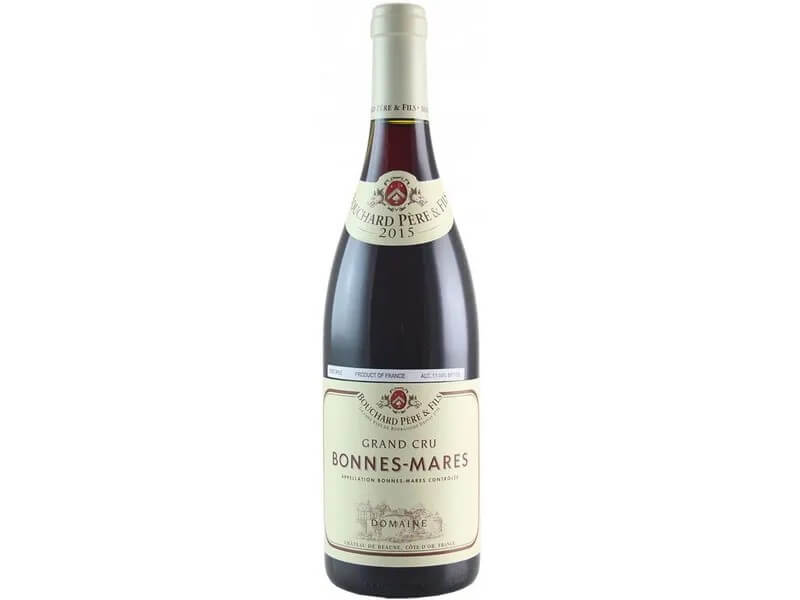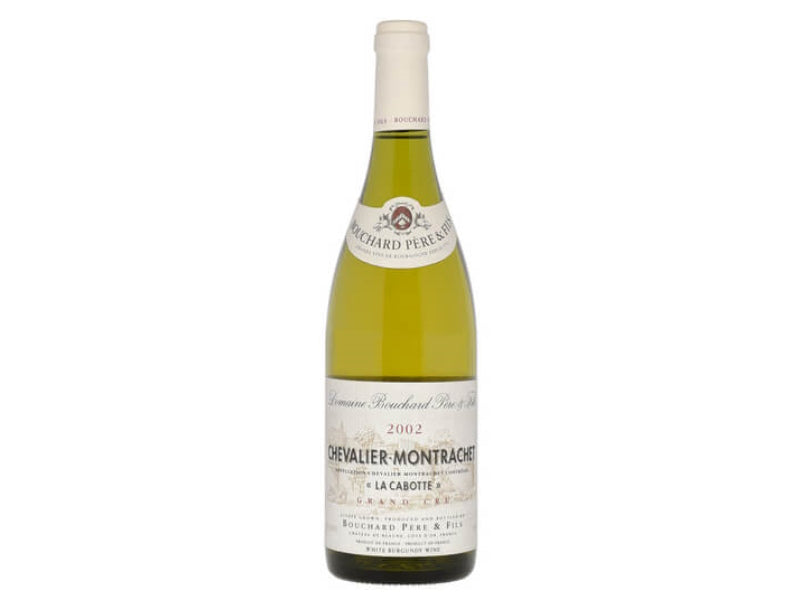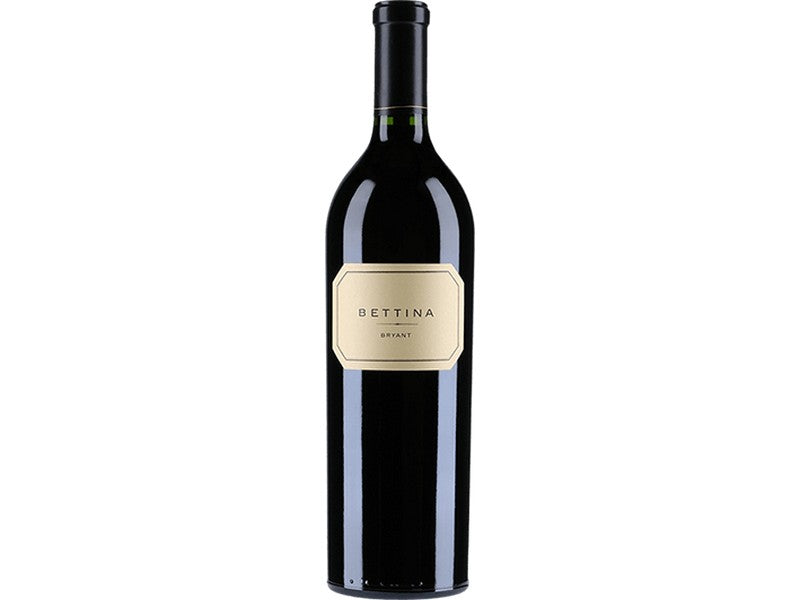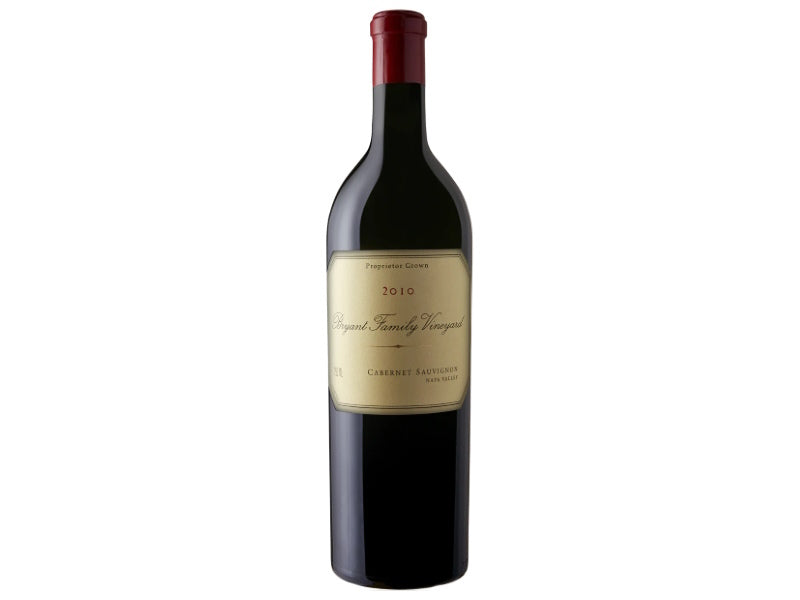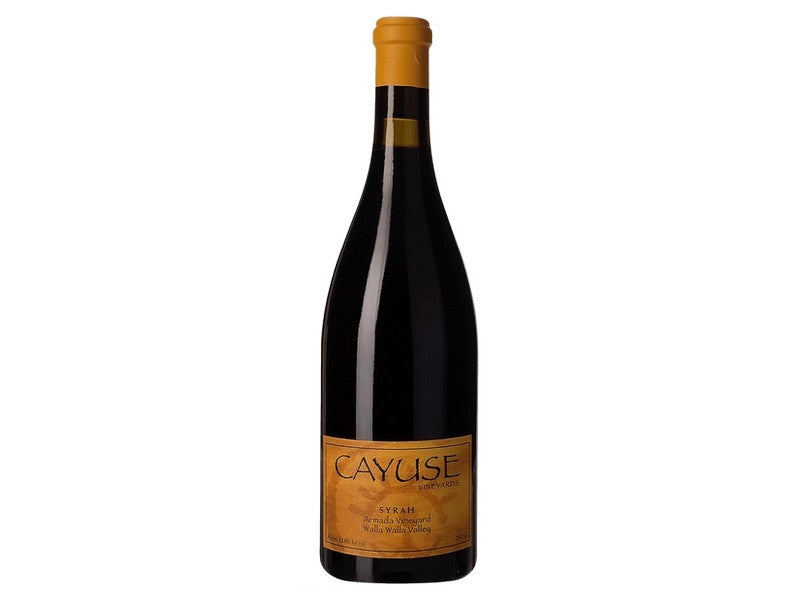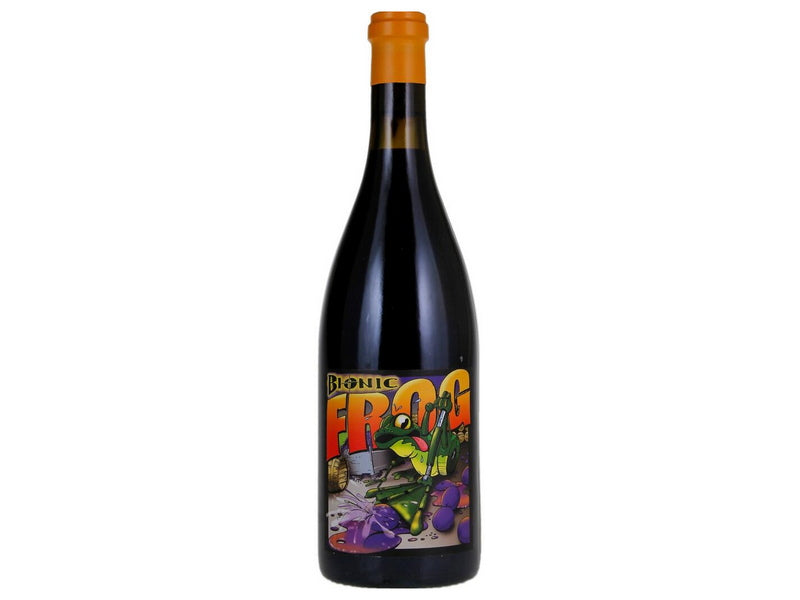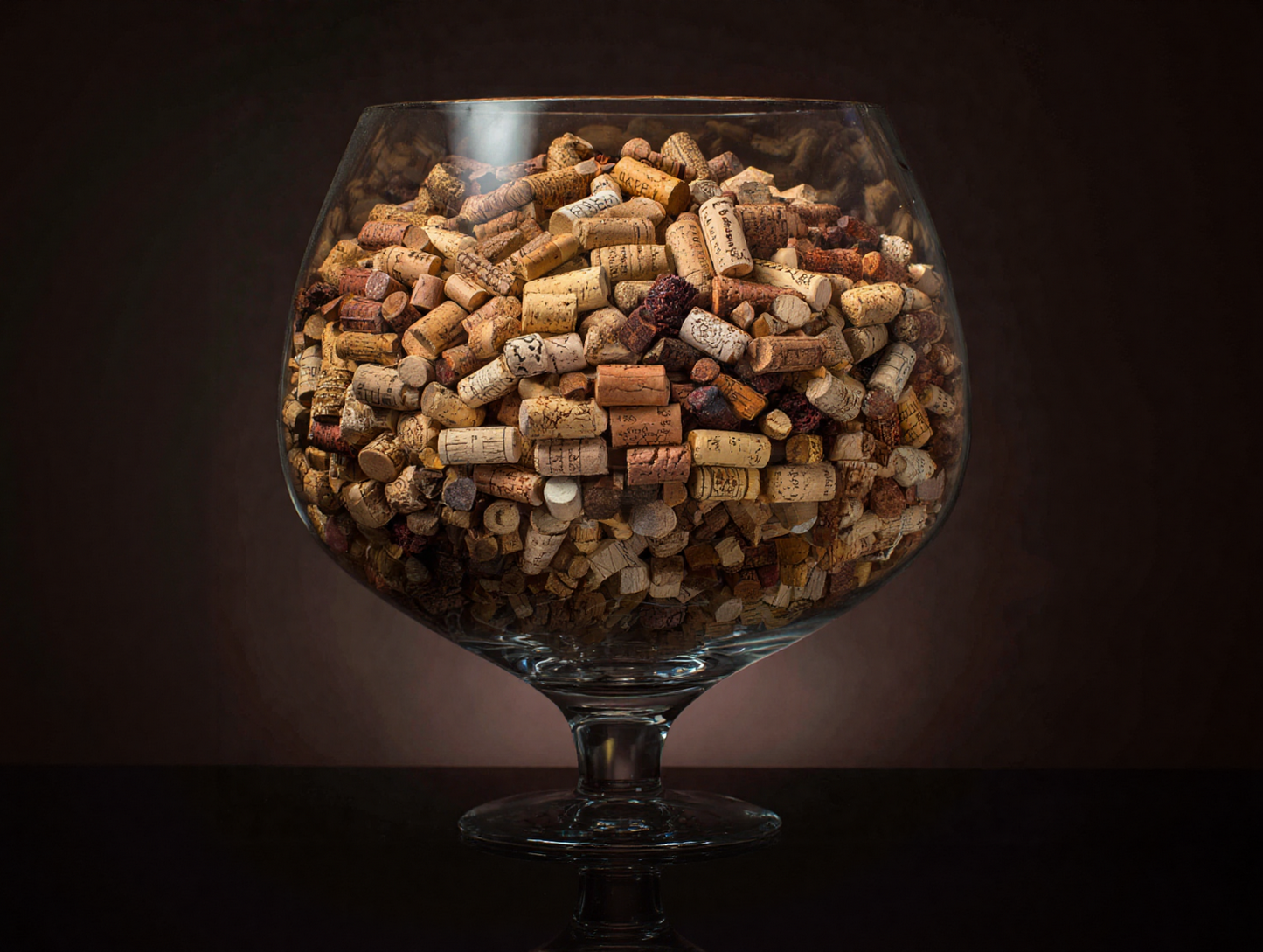
The closure might seem minor — yet for fine-wine collectors it matters more than you think.
Many wine lovers think of the cork simply as a traditional touch — yet in the world of premium wine collecting it plays a crucial role in ageing, authenticity and value. Here are five facts every collector should know.
Natural cork is still the dominant closure for long-age wines
Though screw-caps and synthetic stoppers have gained ground in many commercial wines, top-tier producers in regions such as Bordeaux, Burgundy and Napa Valley continue to rely on natural cork for their flagship bottlings — because it allows an ultra-slow ingress of oxygen, which supports gradual ageing and tertiary development.
Cork taint remains a real (though reduced) risk
Studies show that wines sealed under natural cork still suffer from “cork taint” — most commonly caused by 2,4,6-trichloroanisole (TCA) — albeit at much lower rates than a few decades ago. According to one review, though earlier industry-wide estimates ranged up to 5–7 % of bottles being affected, recent data suggest incidences of under 1.2 % when high-quality corks are used.
For a collector, even a 1 % failure rate across 1,000 bottles is 10 imperfect wines — which underscores the importance of provenance and storage.
The type of cork can subtly influence ageing and perception
Scientific research shows that compounds in cork stoppers (including phenolics and volatiles) can transfer into wine over time, and that different cork manufacturing processes may influence micro-oxygenation and sensory outcomes.
In practical terms, for very high-end wines intended for long cellar life (20 + years), the choice of cork remains a key part of quality control.
Collectors value closure-integrity for resale and provenance
When premium wines are later offered for auction or secondary market sale, provenance and closure-integrity matter. A bottle sealed with its original cork, accompanied by cellaring records, yields greater confidence for buyers. According to collector-education literature, provenance is one of the top three factors influencing long-term value (alongside vintage quality and scarcity).
Thus, as a collector you should inspect closure condition, look for signs of leakage or cork deterioration, and ensure appropriate humidity and temperature control.
The “pop” of a cork is more than ceremony — it affects perception
A neuromarketing study found that wines sealed under natural cork produced higher emotional activation among tasters compared with screw-cap equivalents — participants rated cork-sealed wines as of higher quality and were willing to pay more.
For premium wines intended not just for drinking but for presentation, cellaring and prestige, this psychological dimension adds real value.
Why collectors should care:
• The closure is a silent but vital component of ageing and resale value.
• Even low failure rates (1 %) can impact large collections; inspection and provenance matter.
• Understanding closure differences deepens your appreciation of value, presentation and future potential.
